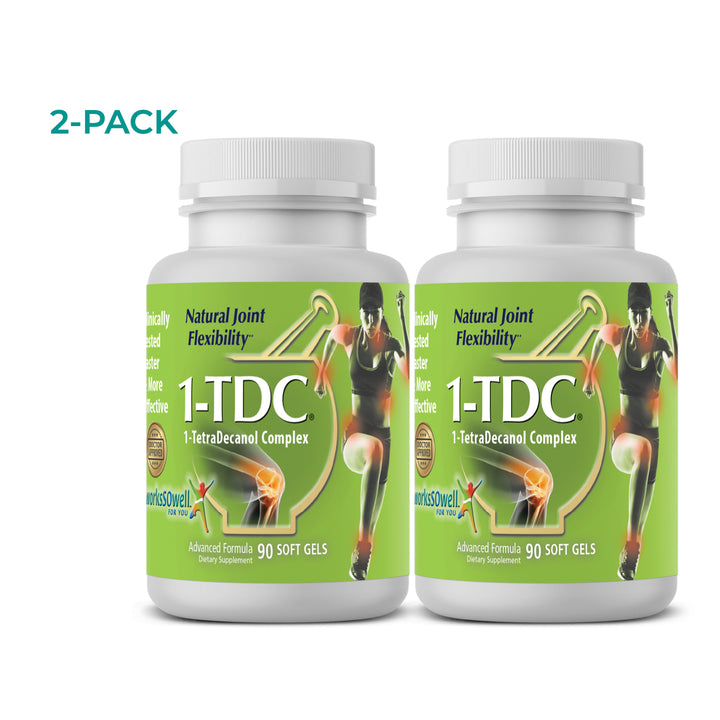How to Find the Right Dietary Supplement? It should come as no surprise to learn that the typical American diet does not meet all of the nutritional needs of many people.
Even if you try to eat healthy foods most of the time, it is possible that you might not be able to get all of the vitamins, minerals, and trace elements that you need for good health.
Going to a health food store or online supplement shop can be overwhelming; there are so many options that it can be hard to decide what type of dietary supplement you should purchase. If you have found yourself in this predicament, read on for some advice on finding the right dietary supplement for your needs.
1) Determine What You Need
First, ask yourself why you want to add a dietary supplement.
- Is it for general health purposes because you don’t think you get enough nutrients from your food?
- Are you hoping to improve your joint flexibility or maintain good brain health over time?
- Have blood tests shown that you are deficient in a specific vitamin or mineral?
Knowing why you want the supplement will help you determine what type you need.
For example, if your doctor has told you that you are deficient in calcium, then you might want to look for a supplement that contains this specific mineral. In addition, you will want to find out whether other nutrients help your body absorb the one you want or need. In the case of calcium, your body needs enough vitamin D to absorb it, so you might need a supplement that contains both nutrients.
If you are looking for something to keep your brain healthy over time, you need to do some research to find out which nutrients you need. Omega-3s are great for that purpose, so you might want to look for a supplement that contains this essential acid.
2) Learn How to Read a Supplement Label
When you decide to take a dietary supplement, knowing how to read the label will help you stay safe while taking an effective dose. Note that not all supplements have the same type of label; unlike foods, not all supplements need to be FDA approved, and some of the labeling is optional.
Here are a few of the sections you will want to look for and take notice of:
- Serving size or dosage. This will tell you how much of the supplement to take. Since some supplements can be dangerous if taken in excess, don’t exceed the recommended amount unless you are told to do so by a medical professional.
- Recommended daily value or allowance. This will usually be in the form of a percentage. In general, if a supplement contains more than 20 percent of the daily value for a particular mineral or vitamin, it is considered to be a good source of the nutrient. Some supplements will include 100 percent or even more of the recommended value. This is fine for some vitamins (such as the B vitamins and vitamin C) but could be dangerous for others (such as iron and vitamins A, D, E, and K). It is something to keep in mind to talk to your doctor about.
- Additional ingredients. Most supplements will have some types of fillers or binders. These are what hold the active ingredients and keep them together. Check to be sure that you don’t have any allergies to these ingredients.
- Instructions. Some supplements will include instructions such as whether you should take it on an empty or full stomach, whether you should take it in the morning or at bedtime, and so on. Some will also include adverse effects to be aware of.
3) Know What to Avoid
In most cases, the biggest issue in regard to taking supplements as instructed is that they won’t have the desired effect.
For example, you might find that taking a supplement for joint flexibility does not make you more flexible, or you might notice that taking vitamin C at the start of a cold does not end up reducing your symptoms.
There are, however, some things you should avoid to help you stay safe while taking supplements. Just like over-the-counter and prescription medications, supplements can have some dangerous effects in some cases.
For instance, don’t take more than the amount recommended. This could lead to a potential overdose. Also, if you are taking any type of medication, talk to your pharmacist before adding in a supplement. In some cases, supplements can interact with prescription and over-the-counter medications. If you have any type of health issue that is being treated, this is another reason to proceed with caution. Talk to your doctor or pharmacist.
If you are pregnant or breastfeeding, talk to your doctor before taking anything. Some supplements can affect an unborn baby or get into your breast milk.
Finally, if you have any adverse reactions to any supplement that you are taking, stop taking it and talk to a health care professional. Most of the time, the reaction will clear up once you stop taking it, but in some cases, you could be having a severe allergic reaction or a serious side effect.
4) Talk to Your Health Care Provider
It is always a good rule of thumb to check in with your doctor, nurse, or pharmacist when you are considering adding a new dietary supplement to your regimen. They can advise you as to whether it’s a good idea for your specific circumstances, and they might even be able to steer you toward the brand or specific supplement that they recommend.
Supplements can help you improve your overall health and give you more energy, so be open to trying them as long as your doctor agrees.
1-TDC Joint & Muscle Health Daily Supplement -2 Bottles (180 soft gels)

$72.00
$76.00
1TDC® Joint & Muscle Health Supplement Provides a Total Body Benefit for Joints and Muscles The 1TDC® Joint & Muscle Health Supplement is an excellent way to provide ongoing systemic support to muscles and joints for everyone from high school athletes to senior citizens. Using the… read more










